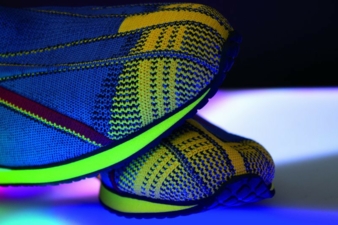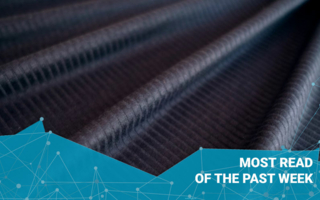04/05/2016 — auf Deutsch lesen
Stoll: Advantages of flat knitting technology
The machine technology from Stoll offers a variety of advantages in the manufacture of innovative sporting goods, whose design is, in many cases, derived from elastic bandages and compression hosiery. The garments – most of which consist of bi-directional elastic fabrics – can be made to exact specifications in terms of shape and function.
Besides 2D or 3D fabrics, flat knitting technologies can also produce seamless garments, including, for example, shaped tubes or tubular fabrics linked to shaped flat knits. Meshed open structures can also be placed alongside closed ones. These changing structures can be used in the apparel or sportswear field for body-mapping effects or similar functional zones.
Martin Legner, Head of Technical Textiles for Stoll: “When talking about shaping, we can also talk about composite materials.” And an important goal for the future of flat knitting technology lies in increasing production speeds, says Legner. The company has also set its sights on incorporating expanded technologies such as the controlled insertion of warp yarns to create new structures. Finer gauges coupled with increases in output are expected to extend the potential of flat knitting for textiles in car interiors and sportswear; flat and warp knitting technologies similarly have great potential with respect to Industry 4.0 and aspects of individualisation and flexibility. Both technologies have already embraced the ideas associated with 4.0: the entire process is already digital, making it completely transparent and traceable. This paves the way for a modular production set-up with networked machines offering customer-specific solutions!
Read more in our next printed issue textile network 5/6 20016.




